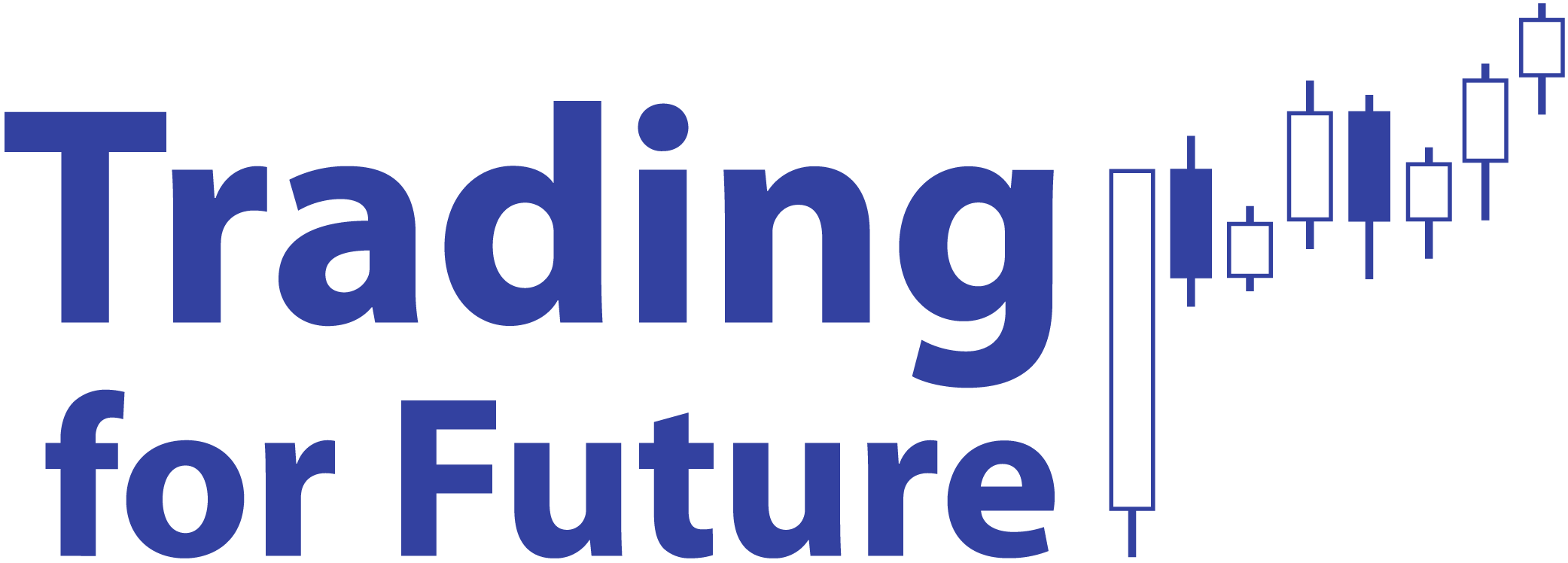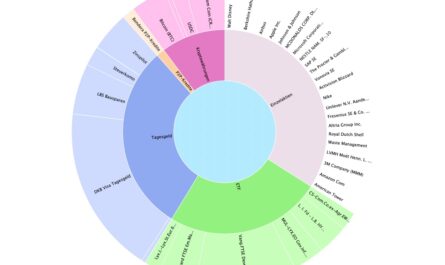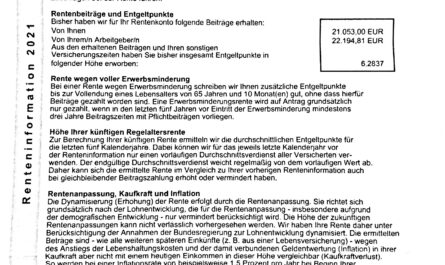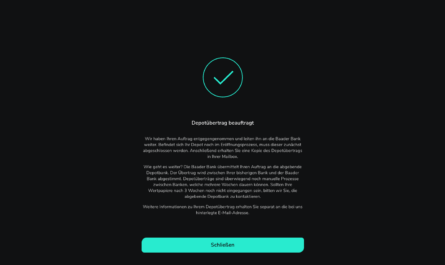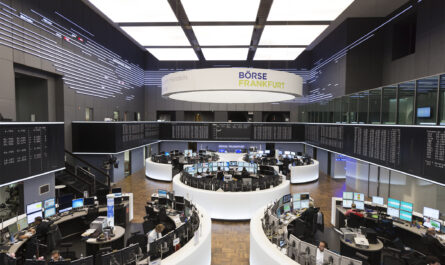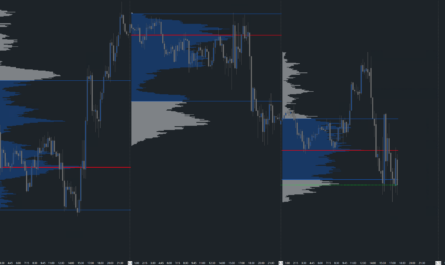What was only known a few years ago from emerging markets or countries with difficult public finances has now arrived in the euro area: Double-digit inflation. First, the Baltic states around Estonia, Latvia and Lithuania reported inflation rates above 10%, recently joined by the Netherlands and Spain. As the Federal Statistical Office announced last week, a double-digit inflation rate has now also arrived in Germany. According to the report, inflation in September was 10%, the highest level since the 1950s. In August, it had still been 7.9%.
Energy prices in particular rose sharply year-on-year. In September 2022, they were 43.9% higher than in the same month a year earlier, thus rising sharply once again. However, this was also due to the end of the fuel discount and the 9-euro ticket for local public transport. Although the former in particular was highly controversial at the outset, it nevertheless ultimately provided significant relief for citizens, as the price increase at the gas pumps was substantial following its abolition on September 1. Bus and train fares also became more expensive after the end of the popular 9-euro ticket than before it, rising by over 10% in some cases.
But food prices also rose at an above-average rate compared with the same month last year, climbing by an average of 18.7%. From practical experience, I can mention above all butter, pasta and vegetables. While 500 g of pasta cost 49 cents at the discounter around the corner at the beginning of the year, it is now 89 cents. A packet of butter costs almost 60% more, and half a liter of milk almost 40%. I was also negatively surprised by the cost of my last kebab. I had to pay a proud 8.10 euros for it – at least with feta cheese as an extra, but still significantly more than a few months ago.
According to the figures from the Federal Statistical Office, there was less of an increase in the cost of services or residential rents. According to the surveys, prices here rose by only 3.6% and 1.7% respectively. The preliminary overall index is thus 10.0%. The final results will be published next week on October 13.
We have already reported in detail that inflation is often glossed over by politicians and central banks. The implications are also clear: even inflation of just 1.5% has a significant impact on our purchasing power. For example, for an expenditure of 1,000 euros, one has to pay 1,160.55 euros after ten years and thus accept a price increase of 16.06%. The loss of purchasing power is 13.83%, and the future purchasing power is only 861.67 euros. At the 10% that prevails now, the numbers look even more bleak. Bitcoin could solve this problem.
But everyone has his or her own personal inflation rate, which can be calculated, for example, via the website of the Federal Statistical Office. If you live frugally, it doesn’t hit you quite as hard – the only positive news here.
